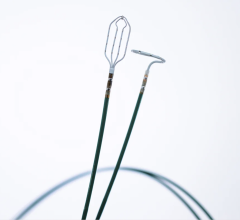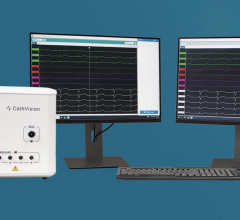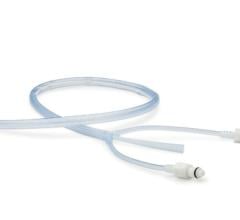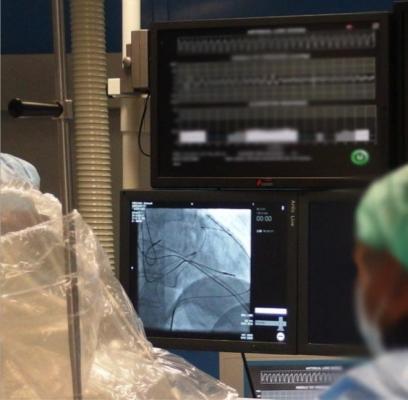
Image courtesy of EpiEP
September 15, 2015 — The Texas Cardiac Arrhythmia Institute (TCAI) at St. David's Medical Center recently became the first facility in the United States to use the EpiAccess system to access the pericardial cavity of the heart during an epicardial ablation. The procedure was performed by Andrea Natale, M.D., FHRS, FACC, FESC, cardiac electrophysiologist and executive medical director of TCAI, and J. David Burkhardt, M.D., FACC, cardiac electrophysiologist at TCAI.
The EpiAccess System includes both a single-use needle with an incorporated pressure sensor and a pressure monitor that uses proprietary algorithms to analyze pressure frequency data. Real-time information is presented in an intuitive and easy-to-understand display, which informs physicians of needle tip location to simplify access and to reduce the risk of complications commonly associated with blind sticks.
"The new EpiAccess system may decrease the amount of time it takes to perform these technically challenging procedures and, more importantly, it can increase patient safety and reduce the risk of complications," Natale said. "We are pleased to be among the first facilities in the nation to offer this technology."
Minimally invasive epicardial access is currently performed using fluoroscopic imaging, which can be challenging to use given the difficulty in distinguishing soft tissue features and limitations of two-dimension imaging. Because the pericardial cavity is less than one millimeter thick, the precision of needle placement is critical.
In addition to reducing the risk of complications, such as pericardial effusions, and improving patient outcomes, the EpiAcess System may also reduce the amount of radiation used during these types of procedures.
Access to the pericardial cavity of the heart is necessary when performing complex cardiac ablations and left atrial appendage closures, among other procedures.
For more information: www.tcainstitute.com

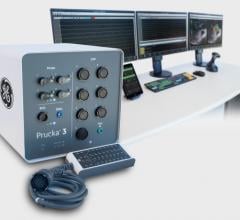
 February 02, 2024
February 02, 2024 

